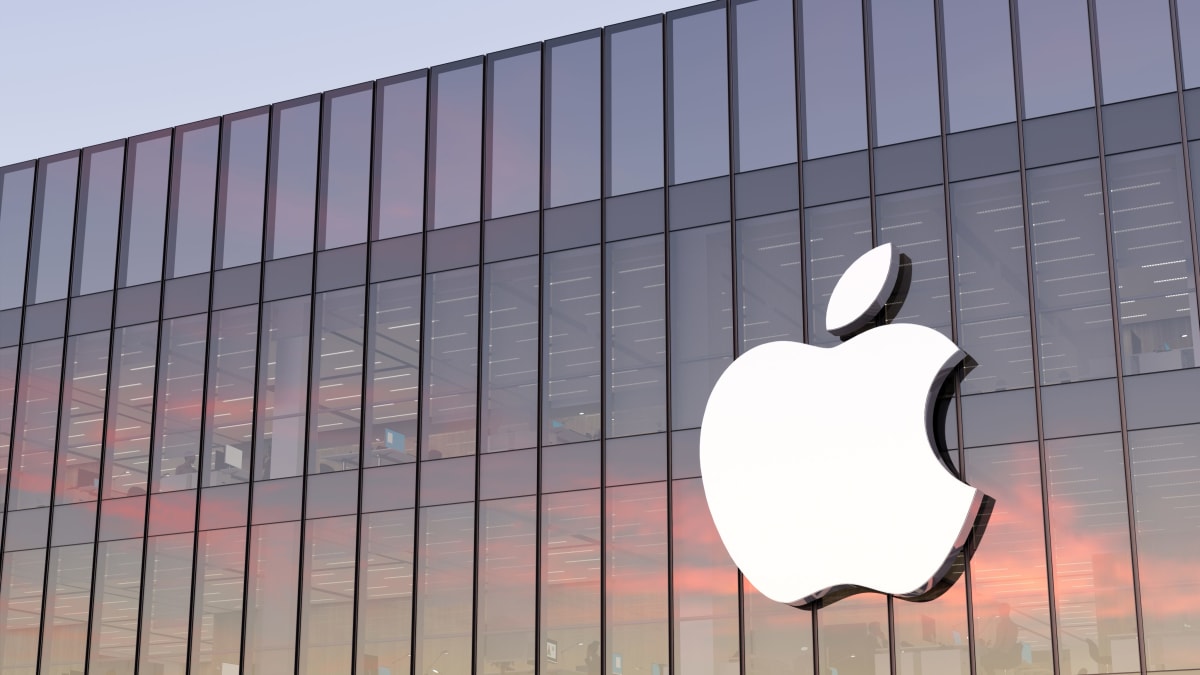premiumtix.net – In the ever-evolving landscape of technology, innovation has been the cornerstone of success for many companies, but none have embodied this principle quite like Apple Inc. Since its inception in 1976, Apple has been synonymous with groundbreaking products and services that have not only revolutionized industries but also transformed the way people live and work. This article delves into the story of Apple, exploring how innovation has been the driving force behind its remarkable growth and enduring success.
The Birth of Innovation:
The story of Apple begins in a garage in Los Altos, California, where Steve Jobs, Steve Wozniak, and Ronald Wayne founded the company with a vision to bring personal computing to the masses. The Apple I, released in 1976, was a testament to their innovative spirit, offering a more user-friendly and affordable alternative to the complex computers of the time. The following year, the Apple II was introduced, which became one of the first highly successful mass-produced personal computers, setting the stage for Apple’s future as an innovation leader.
Revolutionizing Industries:
Apple’s commitment to innovation has been evident in its ability to disrupt and revolutionize various industries. The introduction of the Macintosh in 1984 marked the first mass-market computer to feature a graphical user interface, making computing more accessible to the average user. The iPod, launched in 2001, transformed the music industry by putting thousands of songs in the palm of your hand. The iPhone, introduced in 2007, redefined the smartphone market and has since become an essential part of modern life. Lastly, the iPad, released in 2010, created a new category of mobile devices, bridging the gap between smartphones and laptops.
A Culture of Innovation:
At the heart of Apple’s success is a culture that fosters innovation. The company’s ability to think differently and challenge the status quo has been a key differentiator. Apple’s design philosophy, which emphasizes simplicity, elegance, and user experience, has set a new standard in product development. The company’s secretive nature and meticulous attention to detail in both hardware and software have allowed it to maintain a competitive edge and continue to surprise and delight customers with each new release.
Growth and Expansion:
The relentless pursuit of innovation has fueled Apple’s growth into one of the world’s most valuable companies. With each new product launch, Apple has expanded its market reach, attracting a loyal customer base that eagerly anticipates the company’s next move. The introduction of the App Store in 2008 opened up a new revenue stream and created an ecosystem that further solidified Apple’s position in the tech industry. Today, Apple’s product lineup includes not only its iconic devices but also services like Apple Music, Apple Pay, and Apple TV+, which continue to drive the company’s growth.
Challenges and Resilience:
Despite its success, Apple has faced its share of challenges. The company has had to navigate intense competition, supply chain disruptions, and the complexities of international markets. The passing of co-founder Steve Jobs in 2011 raised questions about the future of innovation at Apple. However, under the leadership of Tim Cook and a team of dedicated executives, Apple has continued to innovate, proving that its culture of creativity and excellence is deeply ingrained in its DNA.
Conclusion:
The story of Apple Inc. is a testament to the power of innovation as a catalyst for growth and success. From a startup in a garage to a global technology giant, Apple has consistently pushed the boundaries of what is possible. As the company looks to the future, it remains committed to its innovative roots, promising to bring even more revolutionary products and services to the world. The legacy of Apple is not just in the devices it has created but in the inspiration it provides to innovators everywhere to think differently and change the world.
